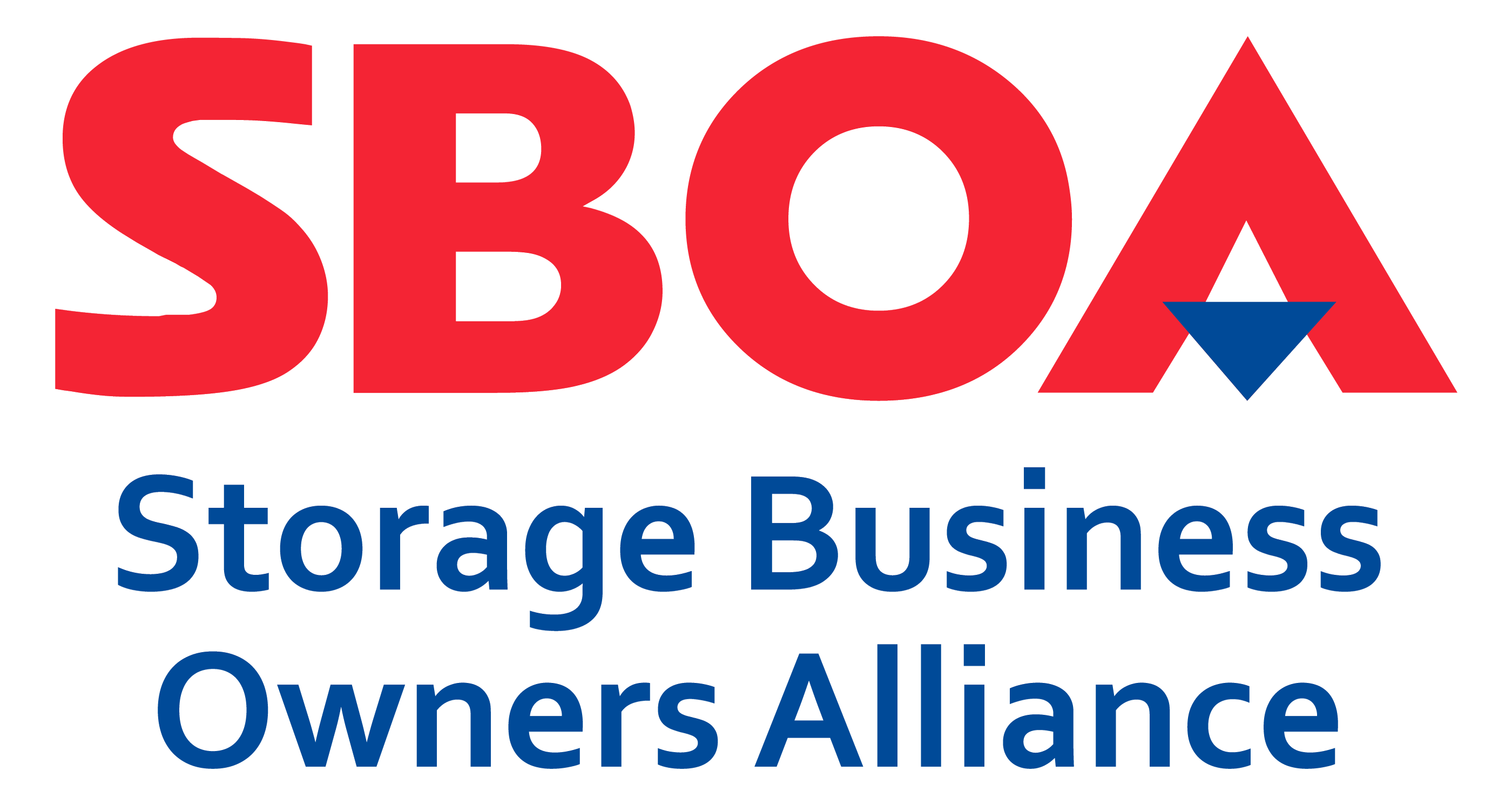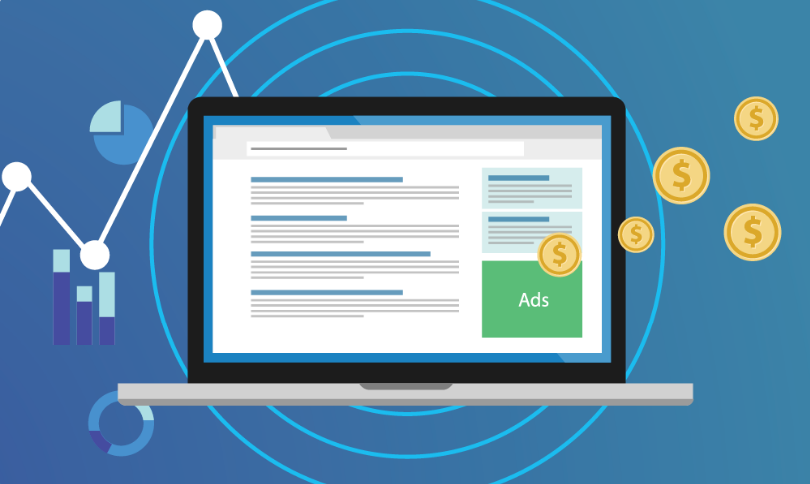Your digital marketing efforts are more important than ever. In recent weeks we’ve discussed how, even before COVID-19, consumers were far more likely to discover your business online than in-person. Throw in that global pandemic and the new normal looks more like even more of your customers will discover you online. So, it’s a no-brainer to have a solid digital marketing mix in the works for your business.
Two of the biggest pieces of any digital marketing strategy should include optimizing your SEO and Pay-Per-Click (PPC) advertising. We discuss the essentials of SEO in this webinar and this article. This piece will solely focus on PPC advertising, or Paid Search.
There are multiple search engines, but we’ll primarily focus on Google when discussing SEO and other digital marketing like PPC. Why? Google dominates the search business with 76% of all desktop searches and 86% of all mobile searches. Google is simply the best search engine for your business to gain visibility.
What is Paid Search?
Every Google search populates with three main elements. Google Paid Ads, the Map Pack, and organic search results. The paid ads section is what we’re talking about when we refer to paid search or PPC advertising. As indicated by its top-of-the-page listing, it’s incredibly valuable to be one of the first things a potential customer sees during their search. If customers are confident that your advertisement can meet their needs, why would they even scroll further?
Much like SEO, Paid Search is also a cost-effective marketing strategy but only when your website is optimized to convert leads into lease. Mostly because you only pay when someone clicks on your ad. Hence, the “pay-per” terminology. We’ll dive more into how that exactly works later in this article.
Getting Started with Paid Search
The first step to launching a paid search campaign is to establish an advertising account with Google Ads. Which is organized into four components: your account, campaigns, ad groups and keywords.
Account
Your account is simply where you access everything to create and run your paid search advertising from the company level. The other components of your account are where you’ll get to work in driving visibility for your business. Your account is associated with whatever email address you set it up with, ideally your business email.
Campaigns
Your campaigns have their own budget and settings that determine where your ads appear. Within your campaigns are your ad groups, which contain a set of similar ads and keywords. Unless you’re an enterprise-level business, you will typically only run a few campaigns at once. An easy way to think of campaigns is representing your different locations and facilities.
Ad Groups
Your ad groups are much more focused and can be categorized by which product or unit type you’re promoting. So, an ad group for smaller units and one for larger units, etc. You can have as many ad groups as you want but, again, depending on the size of your operation you’ll want to keep them at a manageable number. Ad groups contain keywords – usually about 10-20 per ad group is recommended – you can definitely have less though. These keywords will trigger your text ads and then direct the searcher to a relevant landing page.
Keywords
Keywords make up each ad group and are very important to controlling which ad is shown when someone searches Google. It’s important to do your keyword research and understand what people are actually searching for. For example, if you’re trying to promote your 10×10 units don’t rely on the keyword alone as people are likely not specifically searching for 10×10 units.
Negative keywords are an important, and often overlooked, element to paid search. They allow you to block your ads from appearing during similar, yet unrelated searches. For example, the keyword “storage” is very broad and could possibly mean your ads show up in a search for cloud storage or free storage. But labeling those terms as negative keywords will prevent your ad showing up where you don’t want it.
Customer Experience
You’ve set your budgets, created your ad groups and selected your keywords. However, you’re still not quite ready to hit launch on those paid search ads. You ultimately still need to create your ads. With paid search, that’s simply just creating the ad copy that communicates what you have to offer. When it comes to crafting your ad copy, it’s best to think of how your potential customers will experience the ad. This simply means, write copy that clearly expresses what a customer stands to gain or benefit from doing business with you. With that in mind, you’ll want to draft a number of copy options and test and test and test and then test again. There’s no way of knowing what works best until you’ve published the ad and can see results. A huge benefit of paid search is that it is a nimble enough platform that you can quickly try new ads out and see what really drives traffic.
Another thing to consider in regard to the customer experience is the landing page your ads direct customers to. This can simply be your website’s homepage, or it can be a unique landing page created specifically for your ad campaign. Either way, it’s important that the page your ads drive to include the right information as it relates to the ad they clicked on and has a strong and clear call-to-action. Preferably, a reserve or rent now option
Bidding
This is where we get into the nuts and bolts of how and why your ads will appear when and where they do. As much as we all wish it was simply a matter of hitting on the right keywords, as is true with any advertising, it comes at a cost. And in the case of paid search, it’s a bidding process
Every time a search is entered into Google it triggers an auction to determine which ads are shown for this search. The results of that auction are based on a number of factors, each of which play a big role on whether ornot your ad is served. Those factors are your bid amount, quality score and any ad extensions. Also, these factors only come into play if the search is against any of your chosen keywords.
Bid Amount
Bids play a large role in determining whether your ad is shown for a keyword. Essentially, you’re competing against other people bidding for similar keywords. We won’t get into the specifics of bidding today because Google offers so many customizable ways to approach it. Basically, whoever is willing to pay the most per click is who will get their ad served against those keywords.
Quality Score
Google has placed more of an emphasis on relevancy over the years. And the quality score is an algorithm that scores your ads for relevancy, showing how relevant your keywords are to your ad and how closely your ad relates to your landing page content. Google’s goal here is to provide the best user experience for the searcher.
Ad Extensions
Ad extensions also play into Google’s aim of providing searchers with the best possible user experience. There’s a call or phone number extension where you can list your phone number so people can call you directly from your ad. Another is location extensions which allows you to link your campaign to Google Maps or your Google My Business listing so searchers can get directions directly from the ad.
Measuring Success
As with any marketing campaign, measuring success is crucial to determine whether or not it’s working for your business. Google provides a number of tools and metrics for you to track to determine success and return on your investment. There are four basic metrics that every operator should review.
Impressions
Impressions are when someone searches for one of your keywords and your ad shows up and they see it. Each time your ad is served, it counts as an impression.
Clicks
This is when a searcher sees your ad and actually clicks on it. This requires the searcher to take action and click through to your site.
Conversions
This is when a click becomes someone taking an action on your website. This can include filling out a contact form, clicking the phone number to call your facility, or clicking the Move In or Reserve buttons. One caveat to this is that you must have the proper code built into your website to track these conversions.
Spend
This is the amount of money you spend each month, or budget. How much your spend should be is determined by several factors – one of them being what your overall marketing budget is in any given month. You will also need to take local factors into consideration, like how aggressive some of your competitors are spending in the same space. You will want to determine what amount suits your business needs while allowing you to still be competitive enough to gain a good share of the demand.
As competition stiffens in the market and more people search for and rent storage units online, your digital presence and marketing are vital elements to any future success. The advantages of digital marketing are clear; there are a number of cost-effective tactics to reach your customers where they are online. And paid search ranks right near the top of that list and is a must-have in any digital marketing plan.


